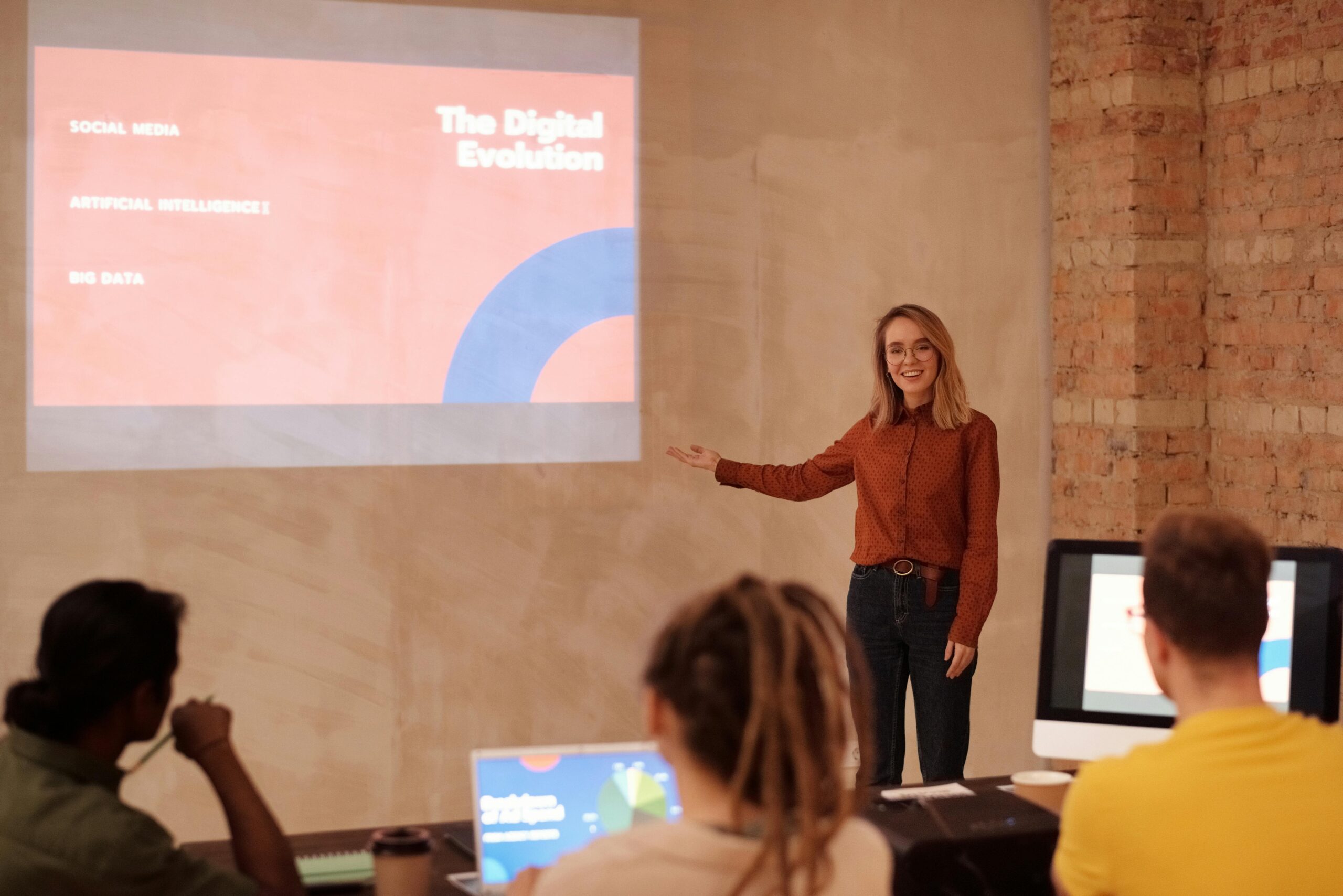Voice technology is transforming how we monitor our health, offering accessible and continuous insights into physical and emotional wellbeing through simple conversations and vocal analysis.
🎙️ The Revolutionary Shift in Health Monitoring
The landscape of healthcare technology has witnessed remarkable transformations over the past decade, but few innovations hold as much promise as voice-based wellbeing monitoring. This emerging field combines artificial intelligence, vocal biomarkers, and machine learning to create a non-invasive, accessible method for tracking various health indicators. Unlike traditional monitoring systems that require specialized equipment or cumbersome procedures, voice-based solutions work seamlessly into our daily routines, making health tracking effortless and continuous.
The beauty of voice-based monitoring lies in its simplicity. Every time we speak, our voice carries a wealth of information about our physical and mental state. Subtle changes in pitch, tone, rhythm, and speech patterns can indicate stress levels, respiratory health, cardiovascular conditions, neurological changes, and even early signs of various diseases. This technology doesn’t require blood draws, uncomfortable sensors, or hospital visits—just natural conversation.
Understanding the Science Behind Voice Analysis
Voice production is a complex physiological process involving the respiratory system, vocal cords, and articulatory structures. When we speak, air from our lungs passes through the larynx, causing vocal cords to vibrate and produce sound. These vibrations are then shaped by our mouth, tongue, and lips to create speech. Any changes in our physical or mental health can affect this intricate system, leaving detectable traces in our voice.
Modern voice analysis technology employs sophisticated algorithms to detect variations in numerous vocal parameters. These include fundamental frequency (pitch), jitter (pitch variation), shimmer (amplitude variation), harmonic-to-noise ratio, and speech rate. Each parameter can provide insights into different aspects of health. For instance, increased jitter might indicate vocal cord irregularities, while changes in speech rate could signal cognitive or emotional changes.
Vocal Biomarkers: The Hidden Health Indicators
Researchers have identified specific vocal biomarkers associated with various health conditions. These biomarkers serve as measurable indicators that can be tracked over time to detect changes in health status. For cardiovascular conditions, voice analysis can detect subtle breathlessness or changes in vocal cord function related to heart failure. In respiratory diseases, alterations in breath support and vocal resonance become apparent through voice analysis.
Mental health conditions also leave distinct vocal signatures. Depression often manifests as reduced pitch variability, slower speech rate, and longer pauses between words. Anxiety may increase speech rate and pitch, with more frequent hesitations. Parkinson’s disease creates characteristic changes including reduced volume, monotone speech, and specific tremor patterns in the voice.
💪 Real-World Applications for Daily Wellbeing
Voice-based wellbeing monitoring extends far beyond clinical settings, offering practical applications for everyday health management. These technologies empower individuals to take proactive roles in their health journey, providing continuous feedback and early warning signs that prompt timely interventions.
Stress and Mental Health Tracking
Chronic stress remains one of the most pervasive health challenges in modern society. Voice-based monitoring offers an objective way to measure stress levels throughout the day. By analyzing voice samples during phone calls, voice messages, or dedicated check-ins, these systems can identify patterns of elevated stress and provide personalized recommendations for stress management techniques.
Several innovative applications now use voice analysis to support mental health. Users can record daily voice journals, with the technology analyzing emotional states over time and identifying trends that might indicate deteriorating mental health. This continuous monitoring enables earlier intervention and more personalized mental health support.
Chronic Disease Management
For individuals managing chronic conditions, voice-based monitoring provides valuable supplementary data between medical appointments. Patients with chronic obstructive pulmonary disease (COPD) can use voice analysis to detect early signs of exacerbations, potentially preventing hospitalizations. Heart failure patients benefit from monitoring subtle changes in voice that may indicate fluid retention or cardiac decompensation.
Diabetes management also benefits from voice technology. Research has shown correlations between certain vocal characteristics and blood glucose levels, though this application remains in development. The non-invasive nature makes it particularly appealing for frequent monitoring without the discomfort of finger-prick tests.
🌐 Staying Connected Through Voice Technology
Beyond individual health monitoring, voice-based systems foster social connection, which is itself a crucial determinant of wellbeing. Social isolation and loneliness significantly impact both physical and mental health, and voice technology bridges geographical distances while simultaneously monitoring health.
Remote Care and Telehealth Integration
The integration of voice monitoring with telehealth platforms creates comprehensive remote care ecosystems. Healthcare providers can access voice-derived health metrics alongside traditional vital signs, enabling more informed clinical decisions without requiring in-person visits. This proves especially valuable for elderly patients, those in rural areas, or individuals with mobility limitations.
Voice-based check-ins also combat social isolation among vulnerable populations. Regular interactions with voice-enabled health assistants provide companionship while gathering health data. These systems can alert caregivers or healthcare providers if concerning patterns emerge, creating safety nets for at-risk individuals.
Family Connection and Caregiving Support
Voice technology enables families to stay connected with aging relatives while monitoring their wellbeing. Adult children can receive subtle alerts about changes in their parents’ health without being intrusive or making elderly parents feel like they’re under surveillance. This balance between independence and safety brings peace of mind to families separated by distance.
Caregivers also benefit tremendously from voice-based monitoring. Rather than relying solely on subjective observations or waiting for crises, caregivers receive objective data about the individuals they support. This enables proactive care adjustments and helps caregivers communicate more effectively with healthcare providers.
🔐 Privacy, Security, and Ethical Considerations
As with all health technologies, voice-based monitoring raises important questions about privacy and data security. Voice data contains highly personal information, and protecting this data must be paramount. Robust encryption, secure storage, and transparent data usage policies are essential for building trust in these systems.
Users should understand what data is being collected, how it’s being analyzed, who has access to it, and how long it’s retained. Opt-in consent models, rather than default participation, respect user autonomy. Additionally, users should retain the right to delete their voice data and withdraw from monitoring programs at any time.
Addressing Bias in Voice Analysis Algorithms
Voice analysis algorithms must be trained on diverse datasets to ensure accuracy across different populations. Factors like accent, native language, age, and gender can affect voice characteristics. Algorithms trained predominantly on one demographic may produce inaccurate results for others, potentially exacerbating health disparities rather than reducing them.
Ongoing research and development must prioritize inclusivity, ensuring these powerful tools benefit all populations equally. Transparency about algorithm limitations and continuous validation across diverse groups are essential for responsible deployment of voice-based health technologies.
📱 Practical Implementation in Your Daily Routine
Incorporating voice-based wellbeing monitoring into daily life doesn’t require dramatic lifestyle changes. The technology works best when integrated seamlessly into existing habits and routines.
Morning Health Check-Ins
Starting your day with a brief voice check-in establishes baseline data and promotes health awareness. Simple voice-enabled routines can assess your overnight recovery, stress levels, and readiness for the day ahead. These insights help you make informed decisions about your daily schedule and self-care priorities.
Many voice assistants now support health-focused routines. You might ask about your sleep quality based on voice analysis, receive personalized meditation recommendations, or get reminders for medication based on vocal stress indicators.
Continuous Passive Monitoring
The most powerful applications operate passively in the background, analyzing voice during normal activities without requiring dedicated sessions. Phone conversations, voice messages to friends, or interactions with smart home devices all provide opportunities for health data collection. This approach maximizes data richness while minimizing user burden.
However, passive monitoring requires careful implementation to respect privacy boundaries. Clear notifications about when monitoring is active, easy ways to disable it temporarily, and strict limitations on what’s analyzed ensure users maintain control over their personal space.
🚀 The Future of Voice-Based Health Monitoring
The field of voice-based wellbeing monitoring stands at an exciting frontier, with rapid advancements promising even more sophisticated and accessible health insights. Emerging research explores voice biomarkers for an expanding range of conditions, from cancer detection to cognitive decline prediction.
Integration with Comprehensive Health Ecosystems
Future systems will integrate voice data with information from wearables, smart home sensors, electronic health records, and genetic data to create holistic health profiles. Machine learning algorithms will identify complex patterns across multiple data streams, enabling predictions and interventions impossible with any single data source.
This integration will support truly personalized medicine, where treatment recommendations are tailored not just to your diagnosis but to your individual biology, lifestyle, environment, and real-time health status as reflected in your voice and other continuous monitoring streams.
Democratizing Healthcare Access
Perhaps the most transformative potential of voice-based monitoring lies in its ability to democratize healthcare access. In regions with limited medical infrastructure, smartphones equipped with voice analysis capabilities could provide basic health screening and monitoring at minimal cost. This technology could help address global health disparities by bringing sophisticated health monitoring to underserved populations.
Language barriers also diminish as voice technology advances. Multilingual analysis capabilities ensure that people can interact with health monitoring systems in their native languages, making these tools accessible to diverse global populations.
🎯 Maximizing Benefits While Maintaining Balance
While voice-based monitoring offers tremendous benefits, maintaining a balanced approach to health technology remains important. These tools should complement, not replace, professional medical care and human judgment. Understanding their capabilities and limitations ensures realistic expectations and appropriate use.
When to Seek Professional Medical Advice
Voice-based monitoring excels at tracking trends and detecting subtle changes over time, but it cannot diagnose conditions or replace clinical evaluation. Concerning patterns identified by voice analysis should prompt consultation with healthcare providers, not self-diagnosis or treatment. These technologies serve as early warning systems and supplementary monitoring tools within broader healthcare relationships.
Maintaining regular checkups and following medical advice remains essential. Voice monitoring provides valuable data points for healthcare conversations, helping physicians understand your day-to-day health between appointments and enabling more informed clinical decisions.
Avoiding Health Anxiety and Over-Monitoring
Constant health monitoring can paradoxically increase anxiety in some individuals, particularly those prone to health concerns. Establishing healthy boundaries with monitoring technology prevents it from becoming a source of stress rather than support. Set reasonable check-in frequencies, avoid obsessive analysis of minor fluctuations, and remember that voice-based systems provide probabilities and trends, not definitive diagnoses.
Technology should enhance quality of life, not diminish it through constant worry. If health monitoring increases anxiety, discuss these concerns with healthcare providers or mental health professionals who can help establish healthier relationships with health technology.

🌟 Empowering Your Health Journey Through Your Voice
Voice-based wellbeing monitoring represents a powerful convergence of technology, healthcare, and human connection. By transforming something as natural as speaking into actionable health insights, these innovations make continuous health monitoring accessible, non-invasive, and integrated into daily life. Whether managing chronic conditions, supporting mental health, staying connected with loved ones, or simply pursuing optimal wellness, voice technology offers valuable tools for the journey.
The key to maximizing these benefits lies in thoughtful implementation—choosing reputable platforms, protecting your privacy, maintaining balance, and viewing technology as a complement to professional healthcare rather than a replacement. As voice analysis technology continues advancing, its potential to improve individual and public health grows exponentially.
Your voice carries more than words and emotions; it carries vital information about your health and wellbeing. By harnessing the power of voice-based monitoring, you can stay more connected to your own health status, your healthcare team, and the people who matter most in your life. This technology doesn’t just monitor health—it empowers you to take proactive steps toward better wellbeing while maintaining the human connections that make life meaningful.
As we move forward into an increasingly digital health landscape, voice-based monitoring stands out for its accessibility, naturalness, and potential to bridge gaps in healthcare access and quality. Whether you’re just beginning to explore these technologies or already incorporating them into your wellness routine, the future of health monitoring speaks to us—quite literally—through the power of our own voices.
Toni Santos is a digital culture researcher and emotional technology writer exploring how artificial intelligence, empathy, and design shape the future of human connection. Through his studies on emotional computing, digital wellbeing, and affective design, Toni examines how machines can become mirrors that reflect — and refine — our emotional intelligence. Passionate about ethical technology and the psychology of connection, Toni focuses on how mindful design can nurture presence, compassion, and balance in the digital age. His work highlights how emotional awareness can coexist with innovation, guiding a future where human sensitivity defines progress. Blending cognitive science, human–computer interaction, and contemplative psychology, Toni writes about the emotional layers of digital life — helping readers understand how technology can feel, listen, and heal. His work is a tribute to: The emotional dimension of technological design The balance between innovation and human sensitivity The vision of AI as a partner in empathy and wellbeing Whether you are a designer, technologist, or conscious creator, Toni Santos invites you to explore the new frontier of emotional intelligence — where technology learns to care.




